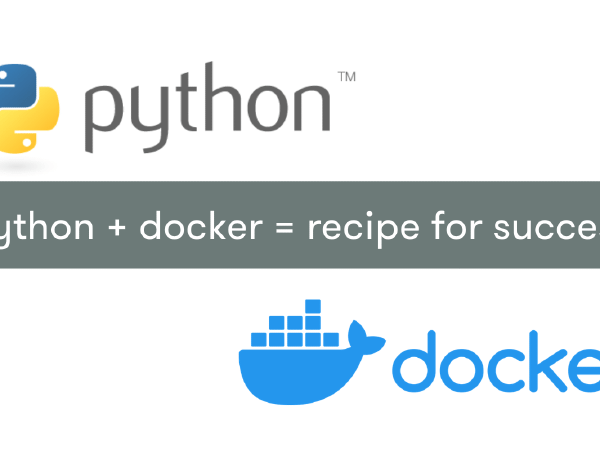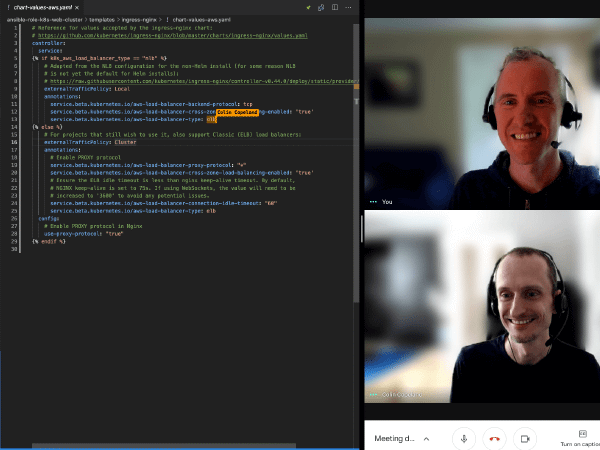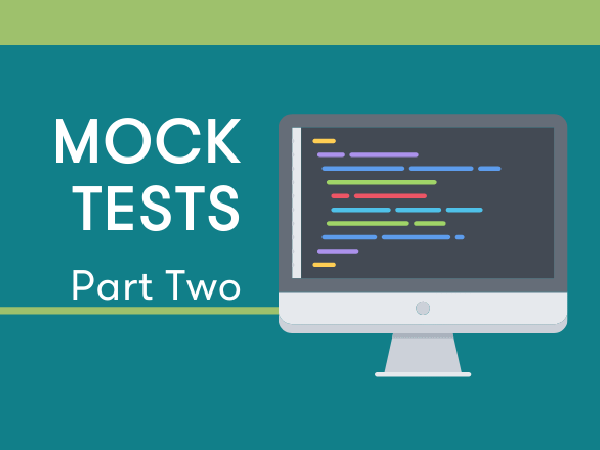Caktus Blog
2021

How to Decouple Your App From its Operating System with Docker
We regularly update and improve our upgrades and sustainability service offerings at Caktus, and a recent upgrade for a client precipitated a solution that I felt might be worth sharing. At Caktus, the preferred approach for addressing upgrades and sustainability is to make incremental updates to a project over time, trying to keep both Django and the servers themselves on a long-term support version. These are select versions of Django and Ubuntu, for example, that generally have much longer support periods than other versions, i.e., they are a good fit for applications that you will need to continue maintaining well into the future.

How to Simplify Django Migrations and Deployment
When removing fields from Django models, or adding non-nullable fields, it can be hard to avoid a mismatch between code running on some servers and the database in use.

Pair Programming During a Pandemic: Collaborating Virtually Improves Performance and Boosts Camaraderie
In March 2020, with the first wave of the coronavirus hitting the US, Caktus sent all its employees home. One year later, with working from home still in effect, our days punctuated by virtual meetings via Google Hangouts and chats via Slack, our co-founders decided it was time to connect in another way.

PyCon US 2021 is Around the Corner
PyCon US 2021 will be completely virtual this year. For the first time ever you’ll be able to enjoy this popular event from the comfort of your favorite armchair!

How Mock Can Improve Your Unit Tests: Part 2
In Part 1 of this blog series, we started looking at how we can use mocking to improve our unit tests. We'll expand on that in this post.
Python, Django, and React Development on Apple Silicon
Last year, Apple announced that they would transition their entire Mac line from Intel processors to their ARM64 Apple Silicon chip called the M1. Several weeks ago, I started testing development on MacBook Air with the Apple M1 chip (pictured above).

How Mock Can Improve Your Unit Tests: Part 1
We've written in the past about the importance of unit tests and how to write better ones: Culture of Unit Testing, Subtests are the Best.

Sharp Tech Pioneers: A Celebration of Black History Month
Have you heard of Jerry Lawson or Kimberly Bryant? No? You’re not the only one … I hadn’t either, until earlier this month. Both of them are trailblazers in the tech industry, who we’re recognizing as part of our celebration of Black History Month.

Chords and Code: 52 Black Artists to Add to Your Work Playlist
The year 2021 is upon us, and February is a fine month to kick off a long-term culture of learning and celebration of the contributions of Black, Indigenous, and People of Color to our collective history! One of the most pervasive and enduring contributions of Black people to world culture is through rhythm and sound.

Take Note of these Top Talks From DjangoCon Europe
Photo by The Climate Reality Project on Unsplash
Like many conferences in 2020, DjangoCon Europe was held virtually. I’m glad I had the opportunity to attend because the sessions provided insight and information that I’m still applying. In light of the pandemic and the social changes it’s caused, I’ve come to know that web development and the solutions it provides are at the heart of how we are navigating this challenging time. Here are three talks from DjangoCon Europe that I believe will help you protect, maintain, and develop projects.